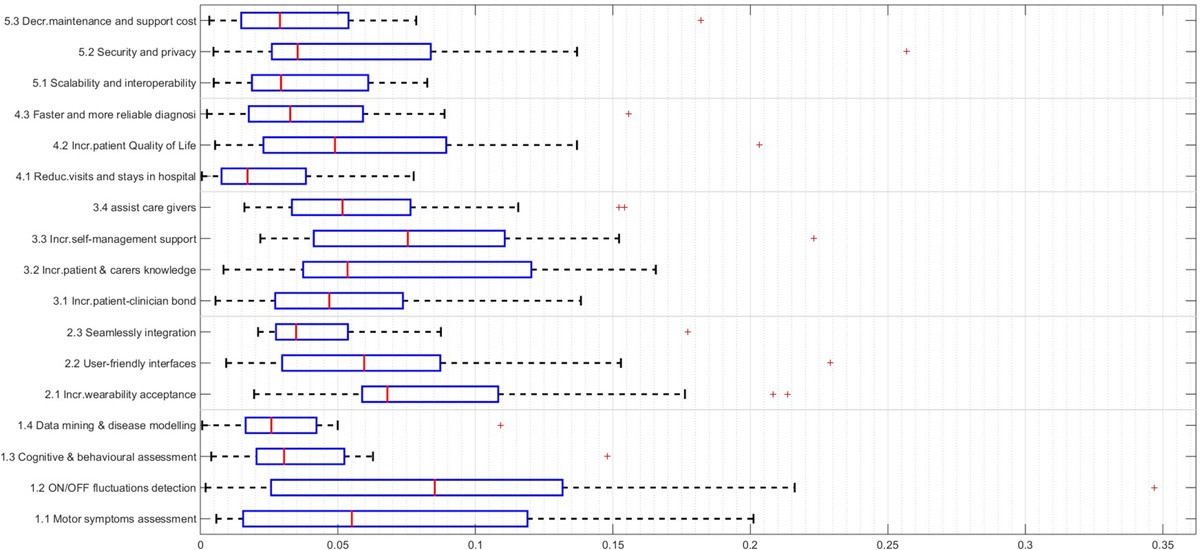
the relative importance of each criteria for the goal. Matrix of some example criteria which can be used for the pairwise comparison of criteria in relation to the decision goal. This can be used for the pairwise comparison of options in relation to criteria (one such matrix could be used for each criteria) in STEP 3. Matrix of adaptation options (alternatives) proposed for Lekie case study (done with CIFOR researchers in Bogor, September 2011). Several matrices to compare the options (alternatives) with respect to each criteria, and the criteria with respect to the goal.Values in cells that are diagonal are mathematical inverses of each other Use numerical values to conduct the pairwise comparisons, constructing a set of pairwise comparison matrices.Compare elements to one another, two at a time, with respect to their impact/ importance on an element above them in the hierarchy.Goal on the top level, criteria in the intermediate level, set of options in the lowest levelĮxample Hierarchy set up in Step 2, Lekie case study.Set up the hierarchy using the elements defined in Step 1.Define the stakeholders and groups to involve in the process.Set up the criteria and sub-criteria (attributes).List the alternatives to evaluate (options).Define the ‘problem’, the need and purpose of the decision (goal).Implementing the AHP exercise with CIFOR researchers in Bogor (September 2011) Application of the method Conflict resolution - Settling disputes between actors with apparently incompatible goals or positions.Quality management - Dealing with the multidimensional aspects of quality and quality improvement.Benchmarking – Comparing processes in one organization with those of other best-of-breed organizations.Resource allocation - Distributing resources among a set of alternatives.Prioritization - Determining the relative merit of a set of alternatives, as opposed to selecting a single one or merely ranking them.Ranking - Putting a set of alternatives in order from most to least desirable.Choice - The selection of one alternative from a given set of alternatives, usually multiple decision criteria involved.Implementing the AHP exercise with CIFOR researchers in Bogor (September 2011) Decision situationsĭecision situations to which the AHP can be applied include: The number of alternatives to evaluate can also vary.

The process can involve as many participants as required. Criteria can be tangible and intangible, can have subcriteria and be as many as necessary. Criteria (or attributes) can be decided in advance or through a participatory process (increase transparency and dialogue). Comparisons are made using a scale of ‘absolute judgements’ that represents how much more one element dominates another with respect to a given reference point.ĪHP is very flexible and can be adapted to different needs and contexts. It evaluates various elements by comparing them to one another two at a time (pairwise comparison).

It allows them to compare in a rational and consistent way diverse elements that are often difficult to measure (AHP measures intangibles in relative terms) The method is is used to compare the set of options, using participants data, experience and judgment, and converting these into numerical values. Nowadays it is applied in a wide variety of fields (mainly engineering, business strategic management, education, quality assessment) It was developed in the early 1980s to help decision-makers find the option that best suits their goal and understanding of the ‘problem’. Analytic Hierarchy Process (AHP) is a type of multi-criteria assessment ( MCA) technique for analyzing complex decisions.


 0 kommentar(er)
0 kommentar(er)
